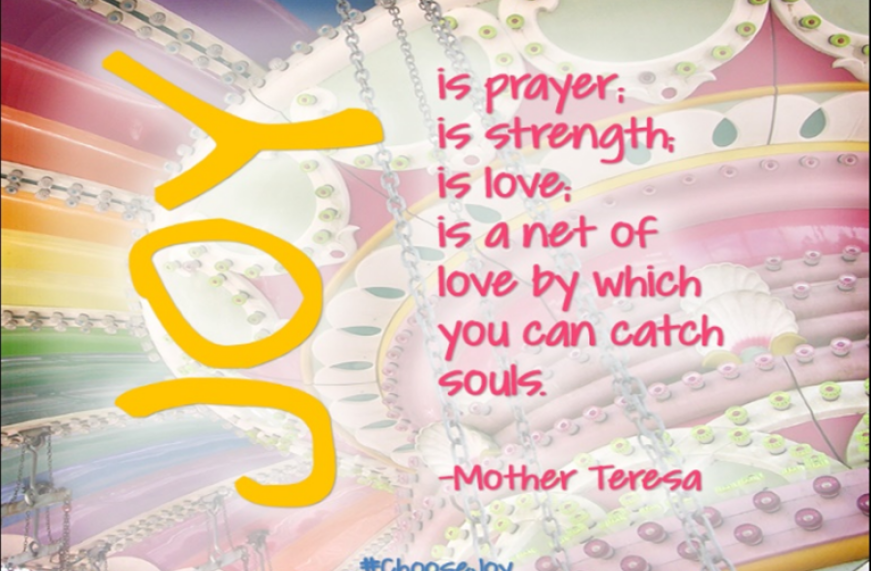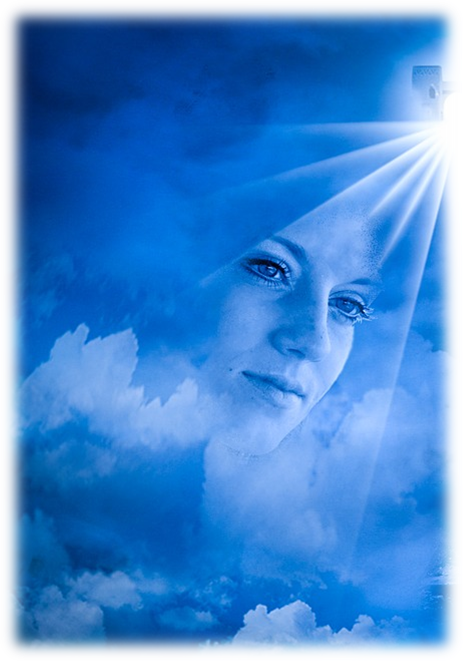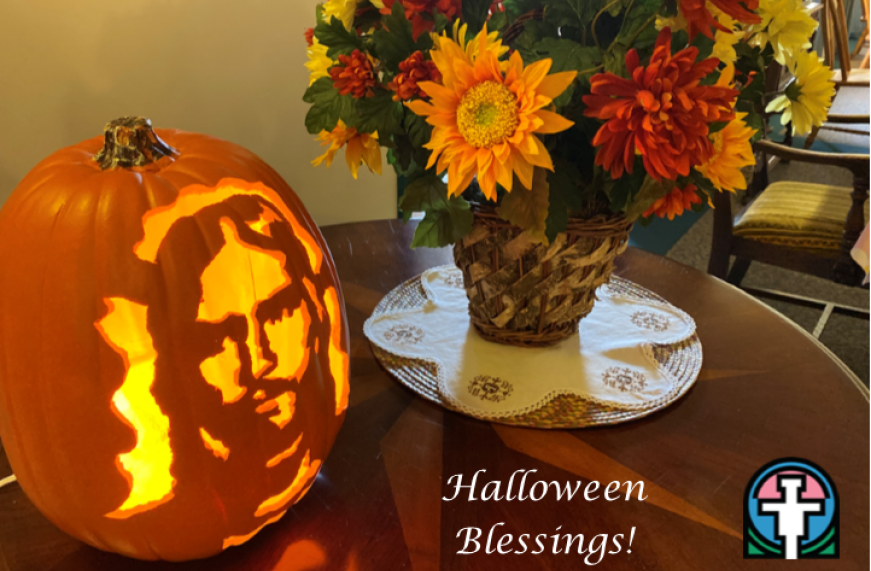Living Advent Joy

We are fast approaching the third week of Advent which has JOY as its theme. What exactly is joy? I looked up the definition and it says, “joy is a feeling of great pleasure or happiness.” In the full definition it uses the words elation and delight to further describe joy. Digging even a little further I found that there is a Biblical meaning for joy. St. Paul understood that joy does not depend on what is happening, or what we have, or who is in our life or not in our lives. Letting go of all of that makes room for God. Joy is an attitude of the heart determined by confidence in God. Real, genuine joy is a result of having a strong and intimate relationship with Christ. To truly know Christ is to truly have joy. So, to have true joy we need to spend time with God. Thus, the more time we spend with God, the more joyful we will be! Not exactly the true joy that St. Francis talked about where he was not welcome at the monastery in the dead of winter at night. Just picturing Francis with icicles on the bottom of his habit and ice on his beard makes me shiver! He would agree that spending time with the Lord is true joy. During the remaining days of this short Advent may we take time to be with God so when Christmas comes we can experience joy in our world! It would be wonderful if instead of war, hunger, depression, poverty, homelessness, etc. our world would experience elation and delight in God and one another. What is the attitude of your HEART?


